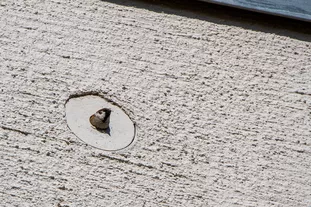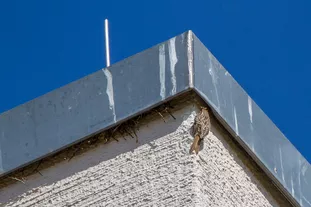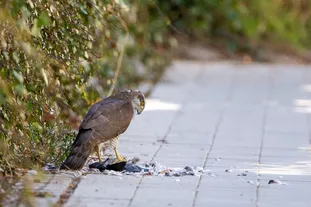SP1: Biodiversity



Head: Prof. Dr. Wolfgang Weisser
Affiliated PostDoc: Prof. Dr. Sebastian T. Meyer
Affiliated PhD: Xia Yao
Background
Densification puts pressure on the remaining natural areas within cities, such that fragments of natural habitat shrink, then disappear, and connections between remnant green spaces are lost. Urban biodiversity can be high, yet it is only in the past years that the factors promoting biodiversity are beginning to be unraveled. While species richness in cities is positively related to the amount and size of urban green space available, the importance of particular elements of UGI for the occurrence of certain species is only beginning to be understood. Approaches are needed that actively create new wildlife habitats and that appreciate the value of built-up areas for urban wildlife. Building on the concept of wildlife-inclusive urban design, we will investigate the potential of UGI to be designed to be multifunctional, for both humans and also animals. Close collaboration will be sought with projects of RC 1, but also with RC2 and RC3, to explore the potential of the different approaches for wildlife-inclusive design. Jointly with SP2, we seek to explore the promotion of sustainable mobility through biodiverse streets and connect this with the effects on public health (SP9), the characterization of old trees (SP8), and the establishment of novel plant systems (SP13).
Objectives
Objectives:
This project will measure the contribution of various elements of UGI to the promotion of animals within cities.
The objectives are to:
(O1) Analyze the role of UGI elements for different animal functional groups;
(O2) Explore the chances of operation, substitution and integration in enhancing animal biodiversity in cities;
(O3) Develop strategies for the multifunctional design of UGI including the promotion of urban wildlife.
The following hypotheses (H) will be tested:
(H1) Bushes, trees, and herbaceous vegetation make different and complementary contributions to provide habitat features for animals, with animal species-specific minimum thresholds for habitat function, measured by the volume and/or the age of the element;
(H2) Biodiverse streets can be designed with significantly increased habitat function compared to current streets, addressing all phases of animal life-cycles and resulting in a significantly enhanced possibility of positive human-animal interactions;
(H3) Design strategies for multifunctional UGI can be developed that include the promotion of urban wildlife without compromising other functions of these UGI
PhD candidate: Andrew Fairbairn
Dissertation: Designing wildlife-inclusive multifunctional urban green infrastructures.
Methods:
To analyze the role of UGI elements for the diversity of bat, birds, and insects, we will employ sampling methods such as bat (Ecoobs) and sound (Frontier Lab) recorders as well as window traps or sweet-netting. Individuals will be analyzed to species level by a combination of automatic species identification, expert identification and barcoding of samples. In a stratified design, we concentrate sampling on those urban structures that are the subject of other subprojects, with different degree of greenness and plant species composition. We will use the software RangeShifter to model the persistence of animal populations in a city based on the implementation of different types of UGI.
Outlook:
In Period II, experimental UGI elements will be created to test the feasibility of the approaches.
PhD Candidate: Zoe Hentschel
Densification puts pressure on the remaining natural areas within cities, such that fragments of natural habitat shrink, then disappear, and connections between remnant green spaces are lost. Urban biodiversity can be high, yet it is only in the past years that the factors promoting urban biodiversity are beginning to be unravelled. While species richness in cities is positively related to the amount and size of urban green space available, the importance of particular elements of urban green infrastructure for the occurrence of certain species is only beginning to be understood. A recent study published by the research group (Fairbairn et al. 2024, Urban biodiversity is affected by human-designed features of public squares, Nature Cities) showed that the details of how a place in a city is designed strongly influences the number and type of species that occur in this place.
In the project, the focus will be on the occurrence of insects in the city. We will advance of our understanding of how particular elements of the urban green infrastructure, for example the occurrence of trees, the presence of bushes underneath trees, but also the built form, are important for the presence of particular species, but also entire insect communities. Insects will be sampled at different points in Munich, along various gradients. Sampling of insects will be done using a variety of methods including Malaise traps, but also sweep-netting and other techniques. Species will be identified either using conventional methods or using barcoding molecular and classic methods. Advanced statistical methods will be used to link the occurrence of species to the composition of urban green infrastructures. Where necessary and possible, experiments will be conducted to understand how the occurrence insect species can be increased in the city. The results of the project will provide novel insights into how the urban form can be modified in order to increase wildlife in cities.